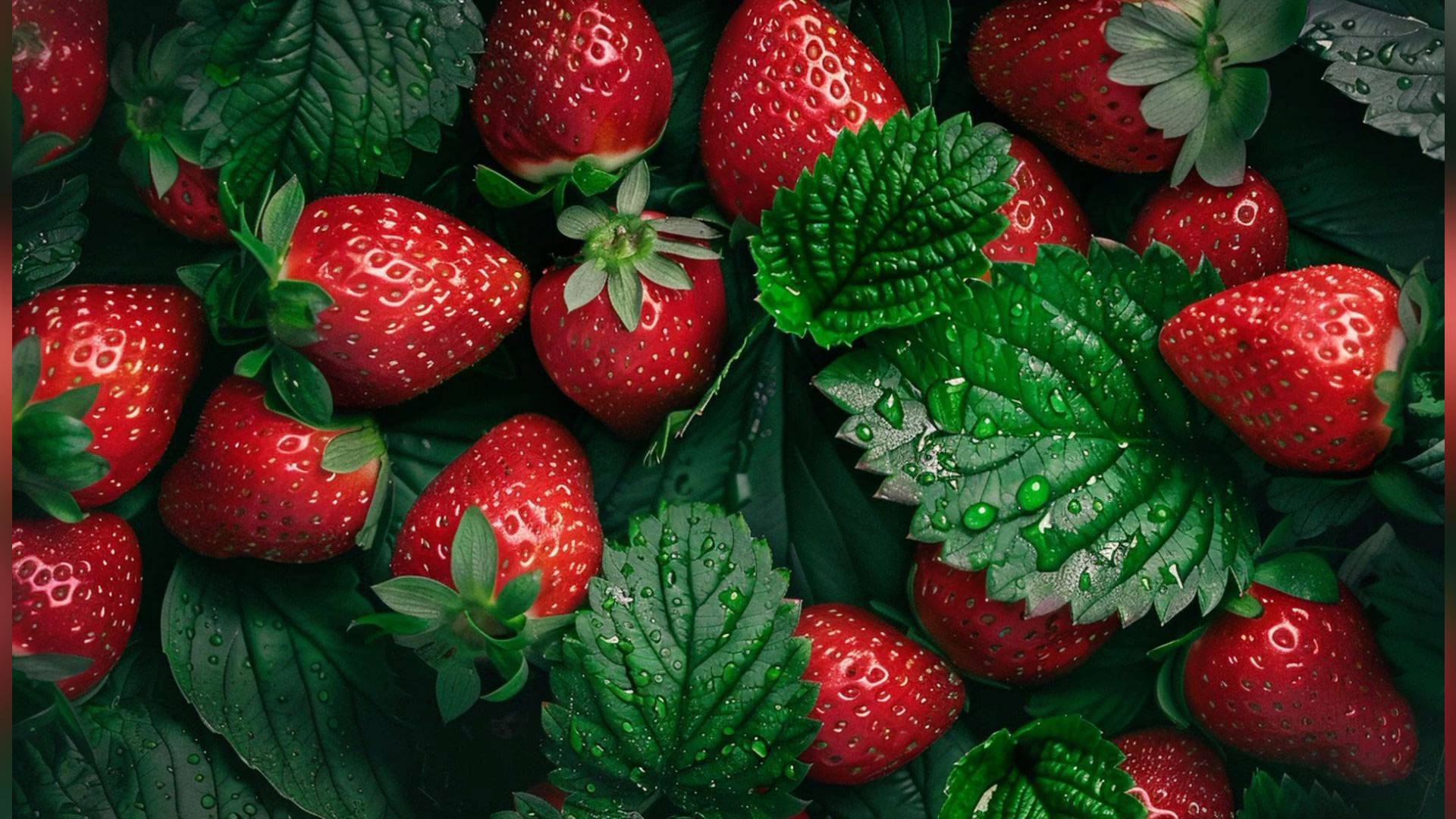Crops
Strawberry

Strawberry
Strawberry (Fragaria × ananassa) is a popular fruit known for its vibrant red color and sweet-tart flavor. In India, the cultivation of strawberries has gained momentum in recent years due to rising demand in both domestic and export markets. Although traditionally cultivated in temperate regions, advancements in agricultural techniques have allowed strawberries to be grown in subtropical climates as well.
Major Cultivation Areas in India: The main strawberry-producing regions in India include:
- Maharashtra: Particularly in the Mahabaleshwar and Panchgani regions, known as the strawberry hub of India.
- Himachal Pradesh
- Uttar Pradesh
- West Bengal
- Punjab
- Delhi NCR
Maharashtra contributes the largest share to strawberry production, with Mahabaleshwar being a significant hub due to its favorable climate and well-established market linkages.
Soil Requirements: Strawberries thrive best in well-drained, loamy soil with a pH range of 5.5 to 6.5. The soil should be rich in organic matter and have good aeration to promote root growth. Raised beds are often recommended to ensure better drainage, which is critical for avoiding root rot. Adding organic manure, such as compost or well-rotted farmyard manure, improves soil fertility and structure.
Water Requirements: Strawberries require a consistent water supply, as moisture stress can reduce yield and fruit quality. Drip irrigation is commonly used in strawberry cultivation to provide precise water control, reduce wastage, and prevent water-logging. Mulching with black plastic sheets or organic materials also helps in conserving soil moisture, controlling weeds, and maintaining soil temperature.
Nutrient Management: Strawberries are heavy feeders and require balanced nutrition throughout the growing season:
- Nitrogen (N): Promotes vegetative growth and fruit development. However, excessive nitrogen can lead to more foliage and reduced fruit quality.
- Phosphorus (P): Essential for root development, particularly in the early growth stages.
- Potassium (K): Important for fruit quality, size, and flavor. It also helps in enhancing disease resistance.
- Micronutrients: Calcium and magnesium are vital for fruit firmness, while boron and zinc contribute to overall plant health. Fertilizer application typically follows soil testing recommendations, and foliar sprays of micronutrients may be used during flowering and fruiting stages.
Cultivation Practices:
Planting: The ideal planting time for strawberries in India is between September and October. High-yielding varieties like Chandler and Sweet Charlie are preferred. Plants are spaced about 25-30 cm apart on raised beds, with rows spaced 60-70 cm apart.
Mulching: Mulching is essential to prevent direct contact between the fruit and soil, reducing the risk of fungal infections and keeping the fruit clean.
Pollination: Strawberry flowers are self-pollinated, but the presence of pollinators such as bees can enhance fruit set and size.
Pest and Disease Management: Common pests include aphids and mites, while diseases such as powdery mildew and leaf spot can affect the crop. Integrated Pest Management (IPM) techniques are advised, including regular monitoring, organic sprays, and crop rotation.
Harvesting and Yield: Strawberry fruits are usually ready for harvest 3-4 months after planting. The harvest season in India extends from January to March. Fruits should be harvested carefully to avoid bruising. Yields vary based on region, cultivar, and management practices.
Area and Production in India:
The area under strawberry cultivation in India is relatively small compared to other fruit crops, but it has been increasing steadily. Maharashtra alone accounts for nearly 85% of the total strawberry production.
Blog
Explore Our Blog
About Us
Welcome to Agriplaza
Welcome to Agriplaza. India's first and only comprehensive digital platform dedicated to agriculture and farmers. Explore widest range of related data our figures speaks a lot.
634726
Visitors
239
Diseases
131
Pests




